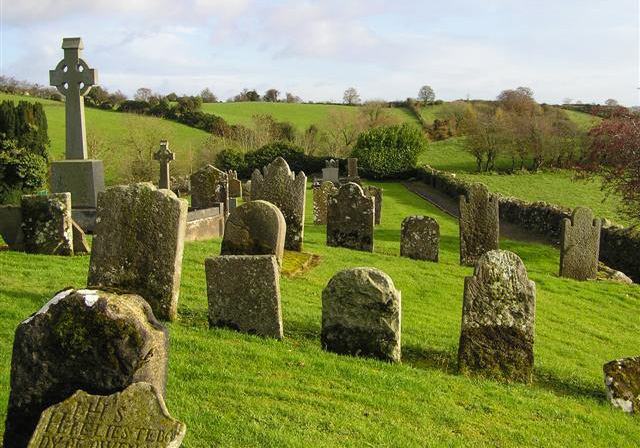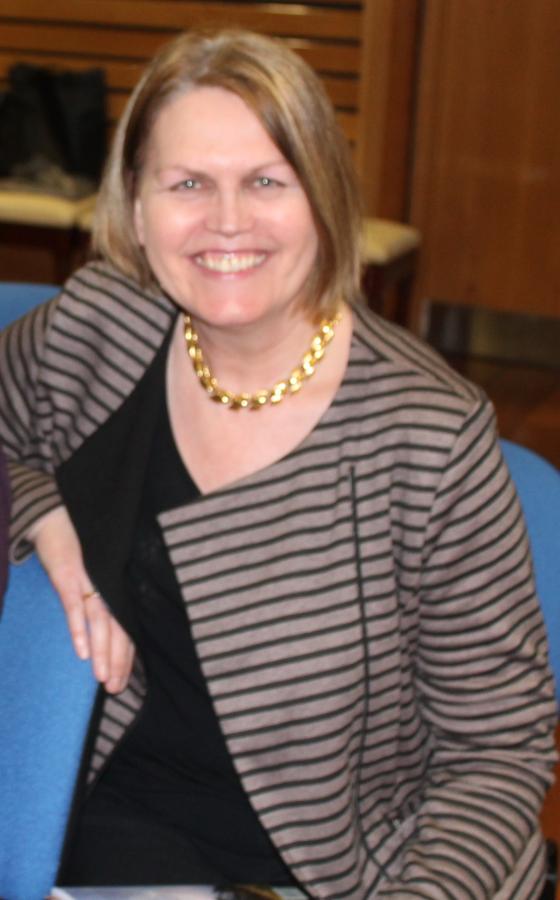
In some families, it is customary to visit graveyards at Christmas time, in remembrance of lost loved ones. Of course, for genealogists, graveyards with their carved headstones are part of our stock in trade. It becomes second nature to photograph headstones and they can prove invaluable in a research project.
One recent case we worked on proved this point. Our attempts to establish the year of death for an ancestor met with no success. At the outset, it was not known when the death might have occurred and so we had to search city records for over thirty years. As is often the case, we had multiple records but no means of identifying which might be correct for the family. None of the records returned matched the criteria we had for the deceased, as to age, address, marital status.
Thankfully, a member of the extended family had a photograph of the ancestor’s headstone and there, carved in the headstone of a city graveyard, was a year of death. We could now narrow our search down to one year. Still the registration of the death eluded us. We could find the newspaper obituary and could see that her funeral mass was in the parish of origin. Why then could we not find the corresponding death certificate, in city records?
Because we had the firm evidence from the headstone, we knew there must be a death certificate for this ancestor.
But when a sweep of all deaths in that year in Ireland was undertaken, there was the death in a rural town quite a distance away from the ancestor’s place of origin. When we looked closer at the record, we could see the ancestor had died in a nursing home and her death registered in the nearby town. The newspaper death notice had not made any reference to this.
Now, with the advent of the camera phone, there has never been a better time to photograph these archives in stone.
By Carmel Gilbride
